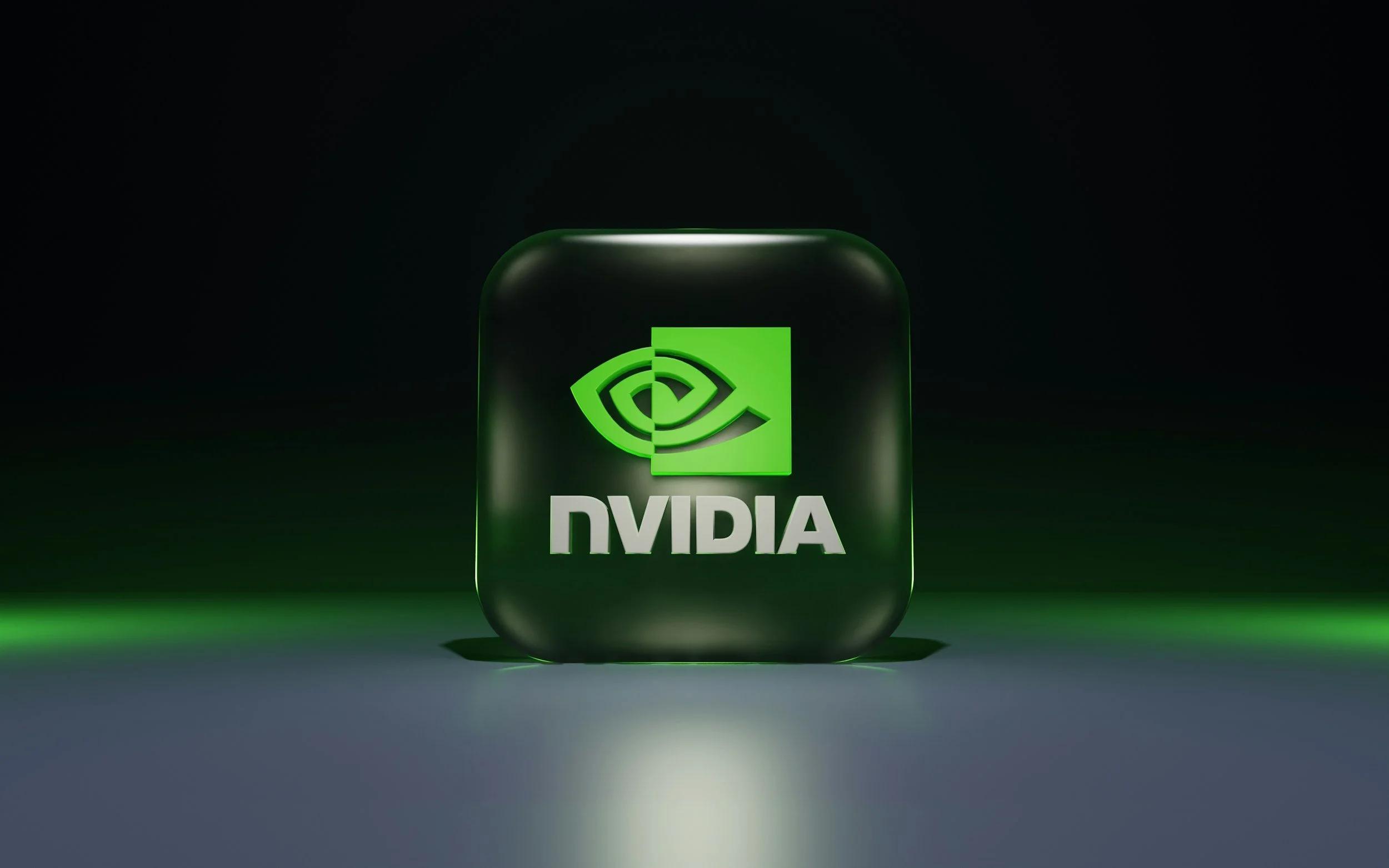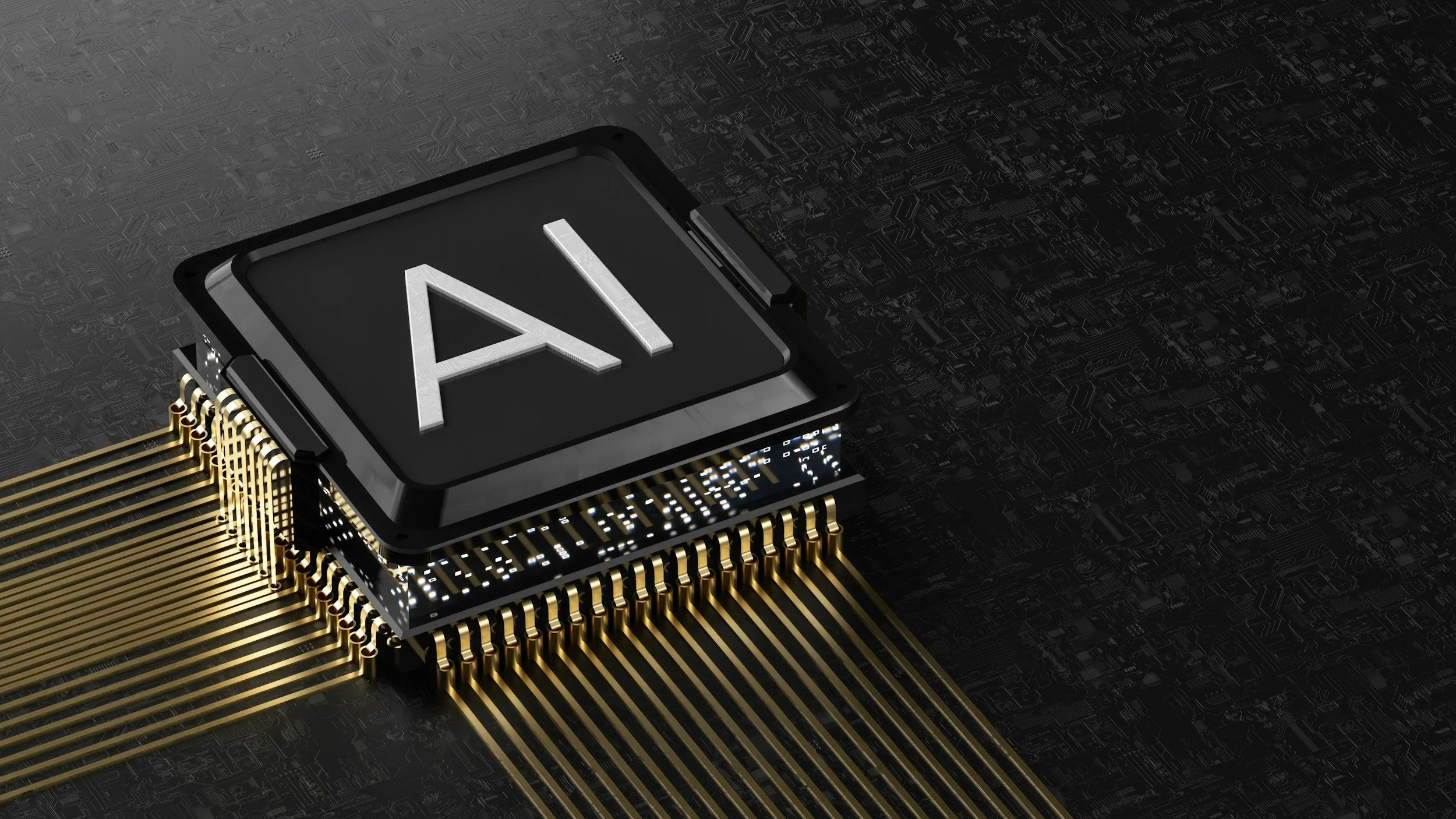Advancements in AI Model Quantization Drive Efficiency Gains

Image Credit: Steve Johnson | Splash
As artificial intelligence models increase in size and complexity, quantization has become a key method to compress them, cutting memory requirements and accelerating computations while aiming to limit accuracy declines. This approach, which shifts model parameters from high-precision to lower-precision formats, aids deployment on constrained hardware such as mobile devices and edge systems.
What is Quantization?
Quantization maps high-precision values in AI models, including weights and activations, to lower-precision alternatives. Common shifts include from 32-bit floating-point to 8-bit integers or 16-bit floats. For large language models, it incorporates scaling to curb conversion errors. Techniques encompass post-training quantization, applied post-development without additional training, and quantization-aware training, embedded during model creation to sustain output quality.
It uses calibration, like running sample data to gauge value ranges for precise mapping. Processor support, such as from Intel, facilitates integer operations that enhance speed.
Historical Background
Quantization in AI originated in the late 2010s to streamline neural networks for mobile and embedded uses. Initial efforts emphasized bit reduction amid expanding model scales, with research advancing integer-based efficiency. By 2019, firms like Qualcomm underscored its value in minimizing memory and processing for device-based AI. The advent of large language models in the early 2020s heightened its relevance, as parameter counts in billions necessitated fitting within hardware limits.
The drive stemmed from aligning AI progress with practical constraints, especially in fields like healthcare and autonomous tech where response time is critical. Platforms like Hugging Face have democratized access through standardized tools for global developers.
Benefits of Quantization
Quantization yields multiple efficiencies in AI operations. It can decrease model sizes by up to 75%, easing storage and transfer. Processing accelerates via quicker integer math, frequently doubling inference rates on suitable hardware. Energy use declines, prolonging device runtime and aiding eco-friendly data centers.
Such improvements support AI at the edge, broadening implementation in infrastructure-poor areas and scaling applications in telecom. Quantized models perform on standard GPUs, extending utility past specialized servers.
Challenges and Drawbacks
Quantization may cause performance drops, with reduced precision leading to error buildup in layers. Post-training variants often yield greater declines than integrated training methods, which demand extra upfront resources. Models like transformers require tailored calibration due to complexity.
Device support varies, restricting low-precision compatibility and portability. Addressing trade-offs involves thorough testing and possible retraining to offset effects.
Recent Developments
Through 2024 and into 2025, progress has centered on large models, with FP4 enabling low-precision training while retaining fidelity. Enhancements for transformers include dynamic adjustments to lessen accuracy hits. Systems like Triton have advanced for distributed inference, cutting delays in quantized setups.
Frameworks including PyTorch and ONNX simplify integration, with innovations like histogram calibration boosting results. These respond to generative AI growth, where models surpass gigabyte scales.
Future Trends
Emerging directions include automated quantization paired with pruning for combined optimization. Sparse methods target essential parts for added gains. Mixed and adaptive precision could adjust dynamically per input, increasing versatility.
Extensions to reinforcement learning and quantum-linked approaches may expand scope. Environmental pressures propel these, seeking to lower AI's power demands.
Impact on the AI Industry
Quantization has transformed AI by facilitating edge processing, where local computation cuts delays and bolsters data security. It advances uses in vehicles and medical diagnostics, spurring progress in limited-resource contexts. It reduces entry costs for smaller entities, fostering competition and innovation.
Yet it highlights efficiency-versus-performance balances, guiding funds toward custom chips. With generative AI adoption at 71% of organizations in 2024, quantization supports viable expansion.
Source: Hugging Face, PyTorch, Qualcomm, MDPI, Geeks for Geeks, Medium, Unite.ai, McKinsey
We are a leading AI-focused digital news platform, combining AI-generated reporting with human editorial oversight. By aggregating and synthesizing the latest developments in AI — spanning innovation, technology, ethics, policy and business — we deliver timely, accurate and thought-provoking content.


































































































































































































































































